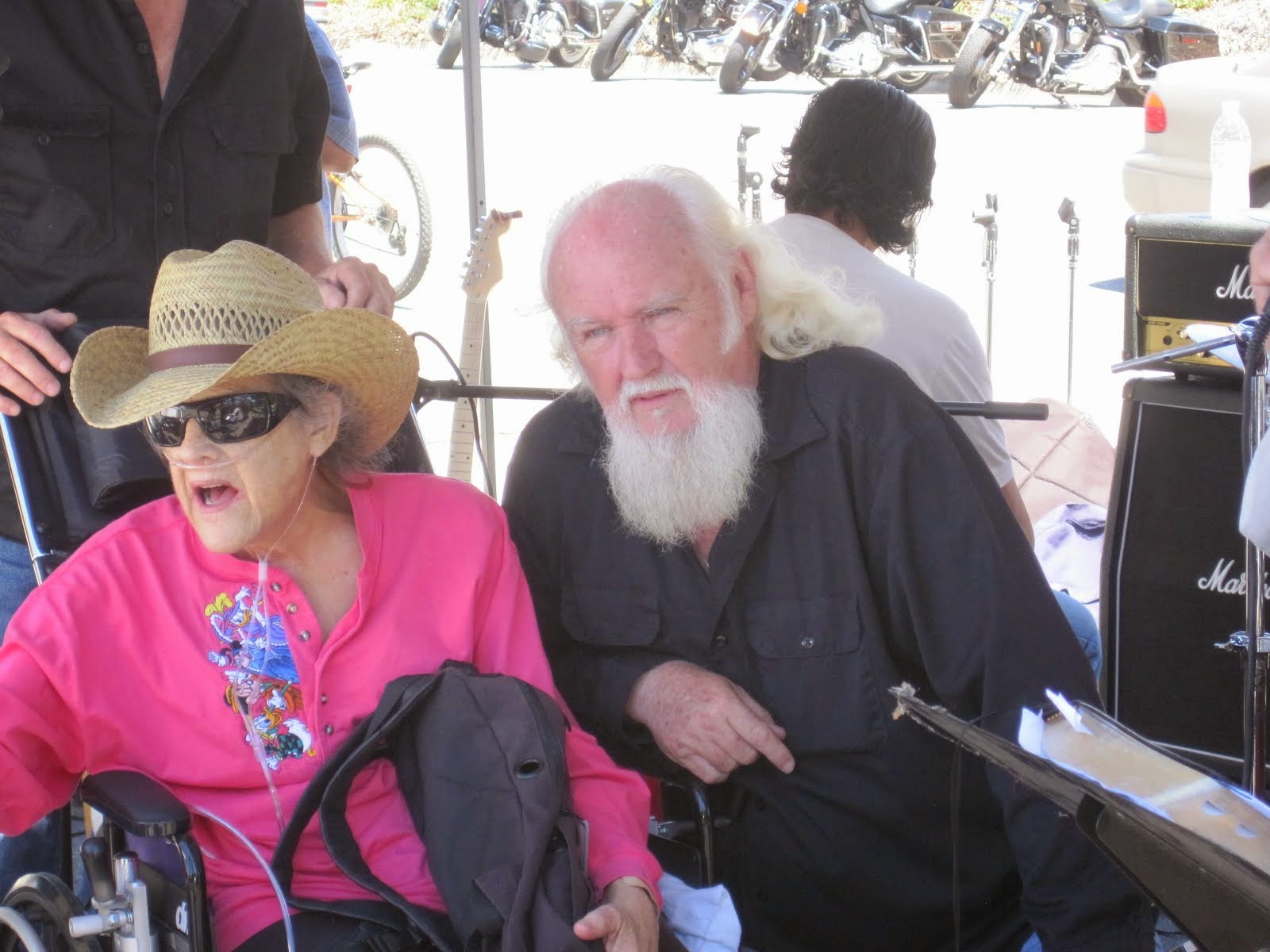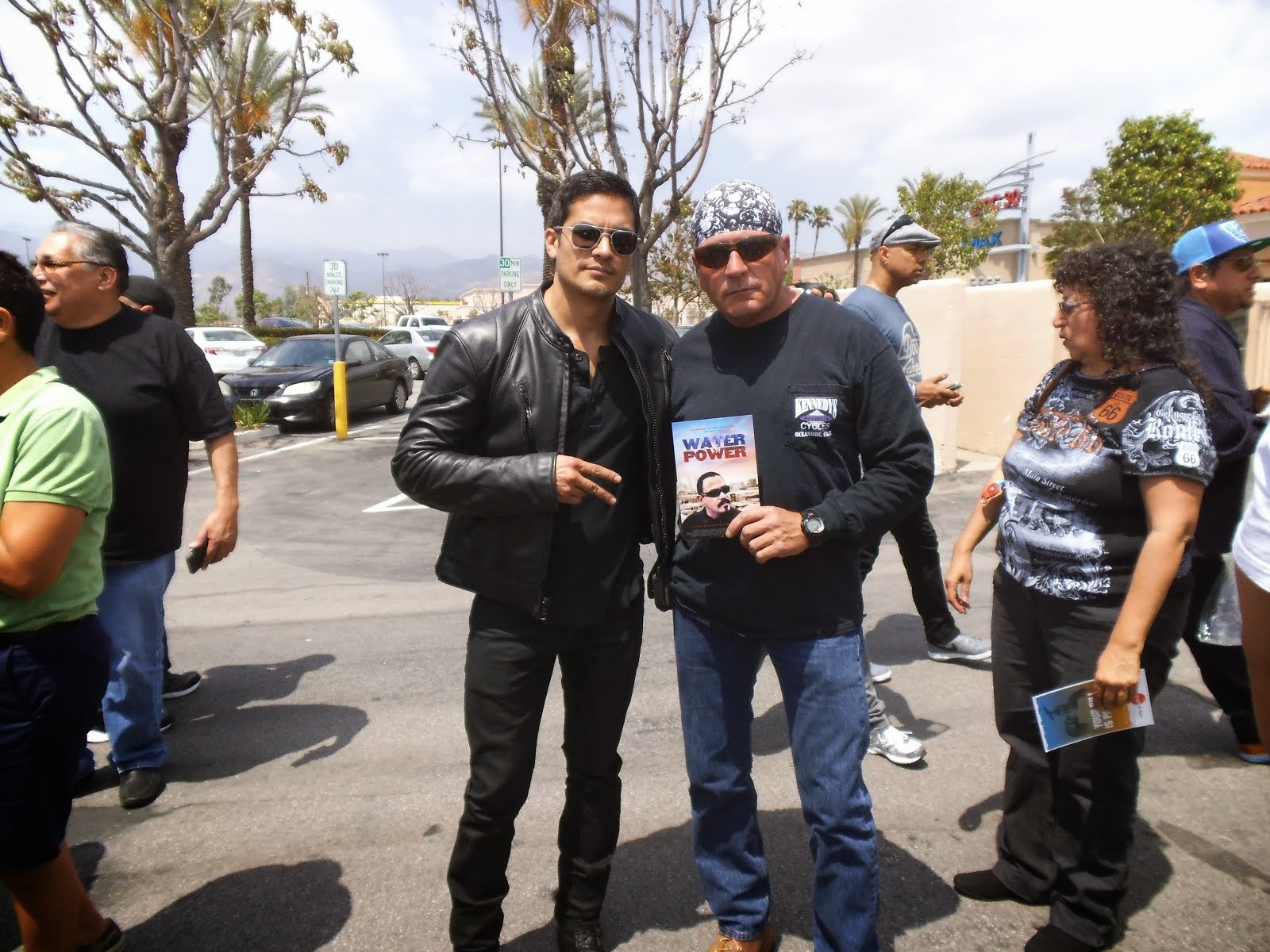OFF THE WIRE
1. Under What Condition Can a Police Officer Search Your Car?
Read more: What Are Your Rights During a Police Traffic Stop? | eHow.com http://www.ehow.com/list_6309838_rights-during-police-traffic-stop_.html#ixzz1lfCsGlVt
2. Police Traffic Stop Procedures
3. Police Procedures for Stopping a Car
skip to main |
skip to sidebar




Bill & Annie

Art Hall & Rusty


NUFF SAID.......


































































OOHRAH

ONCE A MARINE,ALWAYS A MARINE

GIVING BACK


MOUNT SOLEDAD














BIKINI BIKE WASH AT SWEETWATER










FRIENDS





BILL,WILLIE G, PHILIP










GOOD FRIENDS


hanging out

brothers


GOOD FRIENDS

Good Friends

Hanging Out




Bill & Annie
Art Hall & Rusty
Art Hall & Rusty


NUFF SAID.......



















NUFF SAID......



























Mount Soledad




BALBOA NAVAL HOSPITAL
RUSTY DANNY

ANNIE KO PHILIP

PHILIP & ANNIE

OUT & ABOUT

OOHRAH...

OOHRAH
ONCE A MARINE,ALWAYS A MARINE

ONCE A MARINE,ALWAYS A MARINE
American Soldier Network GIVING BACK

GIVING BACK
CATHY & BILL
PHILIP & DANNY & BILL

MOUNT SOLEDAD
bills today
EMILIO & PHILIP
WATER & POWER
WATER & POWER
bootride2013



BIKINI BIKE WASH AT SWEETWATER







ILLUSION OPEN HOUSE

FRIENDS


GOOD FRIENDS



BILL,WILLIE G, PHILIP









GOOD FRIENDS

GOOD FRIENDS
Friends
- http://www.ehlinelaw.com/losangeles-motorcycleaccidentattorneys/
- Scotty westcoast-tbars.com
- Ashby C. Sorensen
- americansoldiernetwork.org
- blogtalkradio.com/hermis-live
- davidlabrava.com
- emiliorivera.com/
- http://kandymankustompaint.com
- http://pipelinept.com/
- http://womenmotorcyclist.com
- http://www.ehlinelaw.com
- https://ammo.com/
- SAN DIEGO CUSTOMS
- www.biggshd.com
- www.bighousecrew.net
- www.bikersinformationguide.com
- www.boltofca.org
- www.boltusa.org
- www.espinozasleather.com
- www.illusionmotorcycles.com
- www.kennedyscollateral.com
- www.kennedyscustomcycles.com
- www.listerinsurance.com
- www.sweetwaterharley.com

Hanging out

hanging out
Good Friends

brothers
GOOD FRIENDS

EMILIO & SCREWDRIVER

GOOD FRIENDS
Danny Trejo & Screwdriver

Good Friends
Navigation
Welcome to Bikers of America, Know Your Rights!
“THE BIKERS OF AMERICA, THE PHIL and BILL SHOW”,
A HARDCORE BIKER RIGHTS SHOW THAT HITS LIKE A BORED AND STROKED BIG TWIN!
ON LIVE TUESDAY'S & THURDAY'S AT 6 PM P.S.T.
9 PM E.S.T.
CATCH LIVE AND ARCHIVED SHOWS
FREE OF CHARGE AT...
BlogTalkRadio.com/BikersOfAmerica.
Two ways to listen on Tuesday & Thursday
1. Call in number - (347) 826-7753 ...
Listen live right from your phone!
2. Stream us live on your computer: http://www.blogtalkradio.com/bikersofamerica.
A HARDCORE BIKER RIGHTS SHOW THAT HITS LIKE A BORED AND STROKED BIG TWIN!
ON LIVE TUESDAY'S & THURDAY'S AT 6 PM P.S.T.
9 PM E.S.T.
CATCH LIVE AND ARCHIVED SHOWS
FREE OF CHARGE AT...
BlogTalkRadio.com/BikersOfAmerica.
Two ways to listen on Tuesday & Thursday
1. Call in number - (347) 826-7753 ...
Listen live right from your phone!
2. Stream us live on your computer: http://www.blogtalkradio.com/bikersofamerica.
Good Times
Hanging Out

Key Words
- about (3)
- contact (1)
- TENNESSEE AND THUNDER ON THE MOUNTAIN (1)
- thinking (1)
- upcoming shows (2)
Blog Archive
-
▼
2012
(4602)
-
▼
February
(420)
- CA - Biker Gang Members Fight Customer At Taco Shop
- VMMC Special Event
- CA - Information From Senator Anderson Concerning ...
- MARINE SUPPORT PARTY
- Flash Colorado River Vagos Bust
- AUSTRALIA - Labor pledges bikie law support
- NEVEDA - The Sparks Duel
- CALIFORNIA - Ex-Hells Angel member to be charged i...
- USA - FBI Turns Off Thousands of GPS Devices Afte...
- CALIFORNIA - HA a club, Vagos a gang
- NV casino shootout legal jousting; gangs or clubs?
- NEW YORK - Rochester HA Case
- CALIFORNIA - Prosecutors Want to Make Ex-Cop Do Time
- HERE WE GO....Idaho OKs Seizure of Protesters' Pro...
- Alabama - Motorcycle club member, co-defendant sen...
- WASHINGTON - Biker convicted in ‘no-body’ Ravensd...
- USA - Critics of Indefinite Detention Gain Tractio...
- Color of Law Abuses
- Do you have to show an ID to a cop? How do you ref...
- USA - Biker Tax break?
- Neveda - Las Vegas - Helmet law enforcement lawsui...
- Retired SDPD Officer Says He Was Victim Of Racial ...
- CA - Biker Gang Fugitive Surrounded by Police at ...
- The Prospect
- CALIFORNIA - Steve Ruiz In Custody
- USA - Drones with an eye on US public cleared to f...
- CALIFORNIA - Keith Silva Sentenced
- CA - The Ablett Verdict Coverage
- Freedom says, CHECK IT OUT
- Calif. county's marijuana plant zip ties become mo...
- USA - You Go To Prison, They Get Paid.... W.T.F.
- OREGON - Canby man pays 'hit man' to attack judge,...
- Question of the Day: Should Michigan repeal its mo...
- Hells Angel arrested in killing of fellow gang mem...
- CALIFORNIA - Judge Widens Injunction Against Gang
- “HERMIS LIVE!” INTERNET RADIO SHOW HOST GETS “LIVE...
- 3 Holy Men & a Bear..
- CANADA - Biker ring leader caught in project Deplete
- AUSTRALIA - Finks are 'unfairly tarnished': Lawyer
- NEW YORK - Rochester Hell's Angels members accused...
- CA - Police: Mayhem motorcycle gang members some o...
- CA - REGION: Residents' sudden deaths linked to a...
- PENN - Man charged with cocaine selling changes plea
- NEW ZEALAND - Cracks showing in Rebel's plan
- AUSTRALIA - Life and crimes of a bikxx, a novel i...
- CA - Sons Of Anarchy Game In Negotiations
- MASSACHUSETTS - Businesses Test Facial Recognition...
- CALIFORNIA - MONGOL convicted of killing HA president
- NEW YORK - Veteran Cop Sues NYPD Over Quotas, THAT...
- FLORIDA - Miami Gardens strip club spammed us with...
- CALIFORNIA - Flirt with danger.. A victim befriend...
- My work here is done, Honest, it can not be shown ...
- Pennsylvania Photographer Gets Nearly Arrested For...
- CA - Hells Angel arrested in killing of fellow gan...
- CA - SJ Police Arrest Hells Angels Suspect
- CA - San Jose Hells Angels Funeral Slaying Suspect...
- No title
- No title
- CA - Authorities: Nine bikers arrested after traff...
- CANADA - Divorce papers give glimpse into life of ...
- CALIFORNIA - Rival biker gang member convicted in ...
- AUSTRALIA - Bikie father made speed: court told
- PENN - Man charged with cocaine selling changes pl...
- NEW ZEALAND - Cracks showing in Rebel's plan
- WISCONSIN - AB55 Passes unanimously in the State S...
- AUSTRALIA - A biker’s tale
- USA - Harley-Davidson Modernized York Plant. Expor...
- New Helmet Law Proposed In South Carolina
- USA - Poll: More Women Have Tattoos than Men
- This Is Your Brain on a Motorcycle
- New Zealand - The biker's other Road Code
- TigerLily's Freedom ROAR - Tonight's Show Promo -...
- Woman Says Breast Implants Saved Her Life!..
- B.A.D. Empowers Biker Culture Fight In State Habe!
- California State Laws..
- AUSTRALIA - Bikie boss not trusted because of role
- AUSTRALIA - Bikie barred from his children.......
- AUSTRALIA - Plan for ex-bikie premises stall
- Hells Angels Members Indicted..
- AUSTRALIA - Rebels gang member arrested in connect...
- Three Genesee County residents accused of being pa...
- AUSTRALIA - Bikie gang colours, jewellery banned ...
- AUSTRALIA - Ex Finks bikie Mark Andrew Sandery ja...
- CALIFORNIA - Judge: Police use of fake paperwork w...
- CALIFORNIA - Vagos former chapter president senten...
- USA - MRF E-MAIL NEWS Motorcycle Riders Foundation
- JOIN US ON OUR NATIONAL BOYCOTT OF EXXON-MOBILE (S...
- CA - Oakland Police Caught Violating Camera Policy
- .H. House passes lower motorcycle noise standard
- REQUEST FOR OUR TROOPS FROM BOSTON HOG !!
- MASSACHUSETTS - FOR IMMEDIATE RELEASE
- MARYLAND - Tire Dealers Rally for RMA and Against ...
- ILLINOIS - McConnaughay endorsed by ABATE motorcy...
- ILLINOIS: Hb's 285 and 290 which are mandatory...
- No title
- 5th Annual Biker Fusion Party Benefits Soldiers An...
- FOR IMMEDIATE RELEASE - Victory for Colorado Motor...
- CALIFORNIA - ASSEMBLY BILL NO.1890
- 'When Parents Text' writers list their 15 favorite...
- Bonn, Germany - Study: Passage Of Medical Marijuan...
-
▼
February
(420)
Bikers of America, Know Your Rights!... Brought to you by Phil and Bill
Philip, a.k.a Screwdriver, is a proud member of Bikers of Lesser Tolerance, and the Left Coast Rep
of B.A.D (Bikers Against Discrimination) along with Bill is a biker rights activist and also a B.A.D Rep, as well, owner of Kennedy's Custom Cycles
